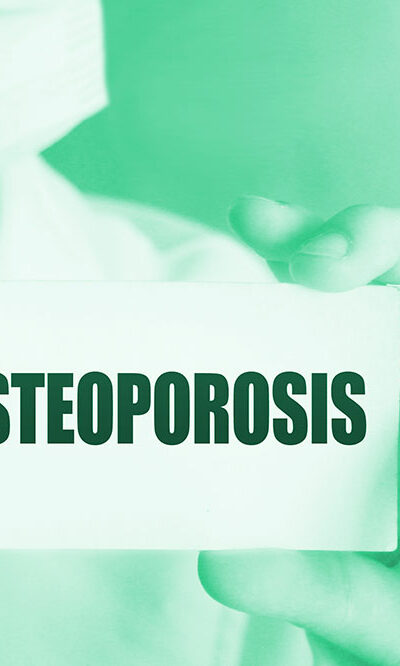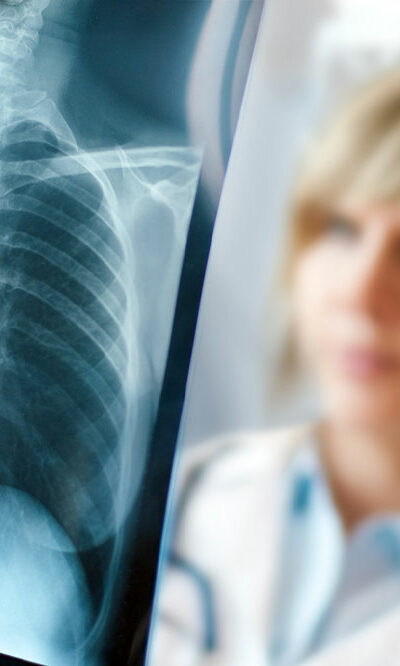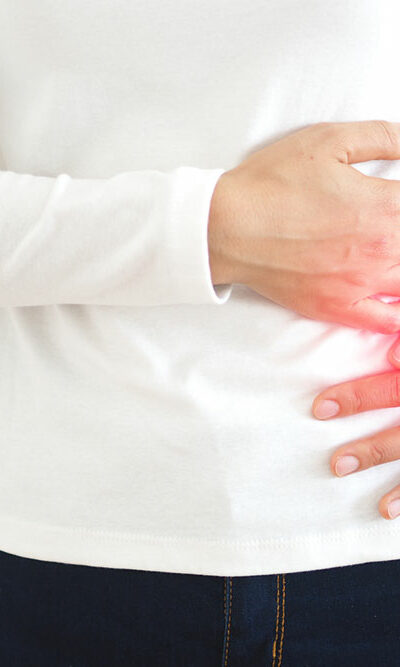
Signs, causes, and risk factors of osteoporosis
Osteoporosis is a bone condition that develops when bone mass and density decrease or when the structure and strength of the bone change. Although it can occur at any age, osteoporosis is a major cause of fractures in postmenopausal women and older men. These fractures most commonly occur in the hips, vertebrae, and the wrist. It is considered a “silent” disease because there are generally no signs or symptoms until a bone breaks. Signs of early-stage osteoporosis In the early stages of osteoporosis, one may notice the following signs: Receding gums If the jaw begins to lose bone density, it can cause the gums to recede. Bone density loss can also make the gums more susceptible to bacteria, increasing the risk for gum disease. Speak to a dentist about screening for bone loss in the jaw. Weaker grip strength Research conducted on postmenopausal women shows a clear link between low bone density and low hand grip strength. Lower grip strength also puts one at a higher risk for falls. Weak and brittle fingernails Nail strength is also a reflection of one’s bone health. Weak and brittle fingernails could signal low bone density or mass. However, nail strength is also influenced by a host of other factors, such as exposure to extremely hot or cold weather, regular use of nail polish or acrylic nails, and submersion in water for long periods. Signs of later-stage osteoporosis Once the bones have been weakened by osteoporosis, one may notice more apparent signs and symptoms, such as: Back or neck pain Osteoporosis can cause compression fractures in the spine, which can cause a lot of pain in the neck and the back. This is because the collapsed vertebrae can pinch nerves around the spinal cord. The pain may occur in the form of mild discomfort or tenderness and range up to debilitating pain that severely interferes with one’s daily activities.










